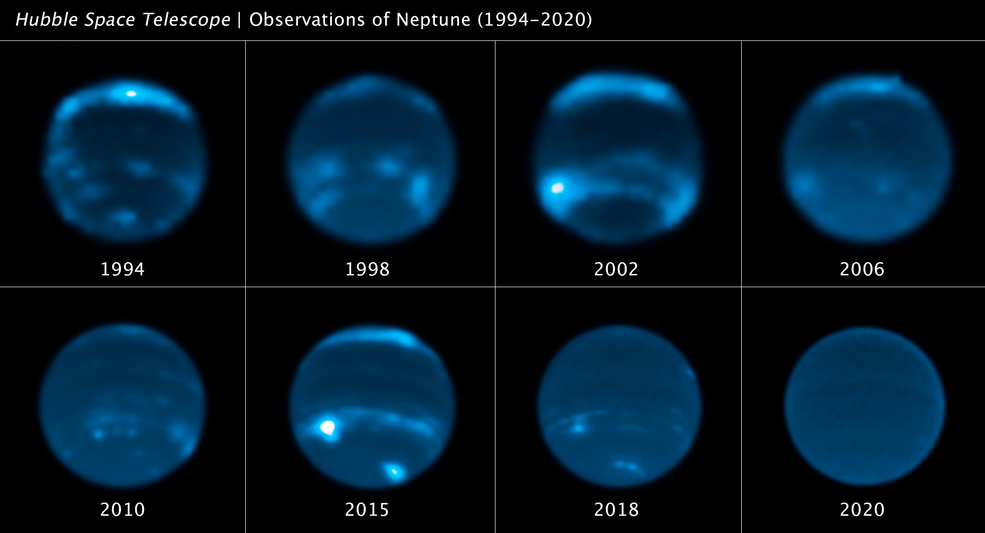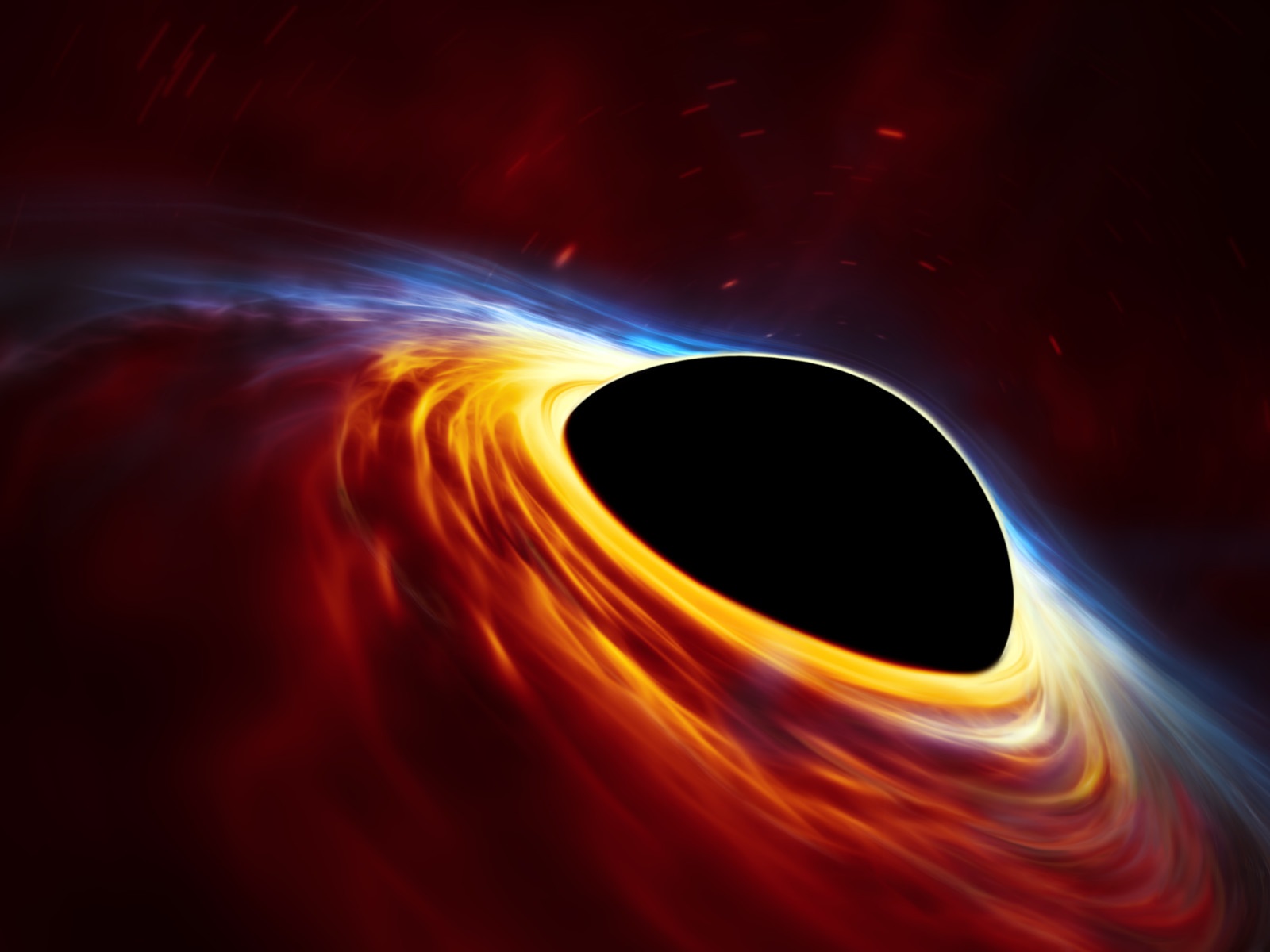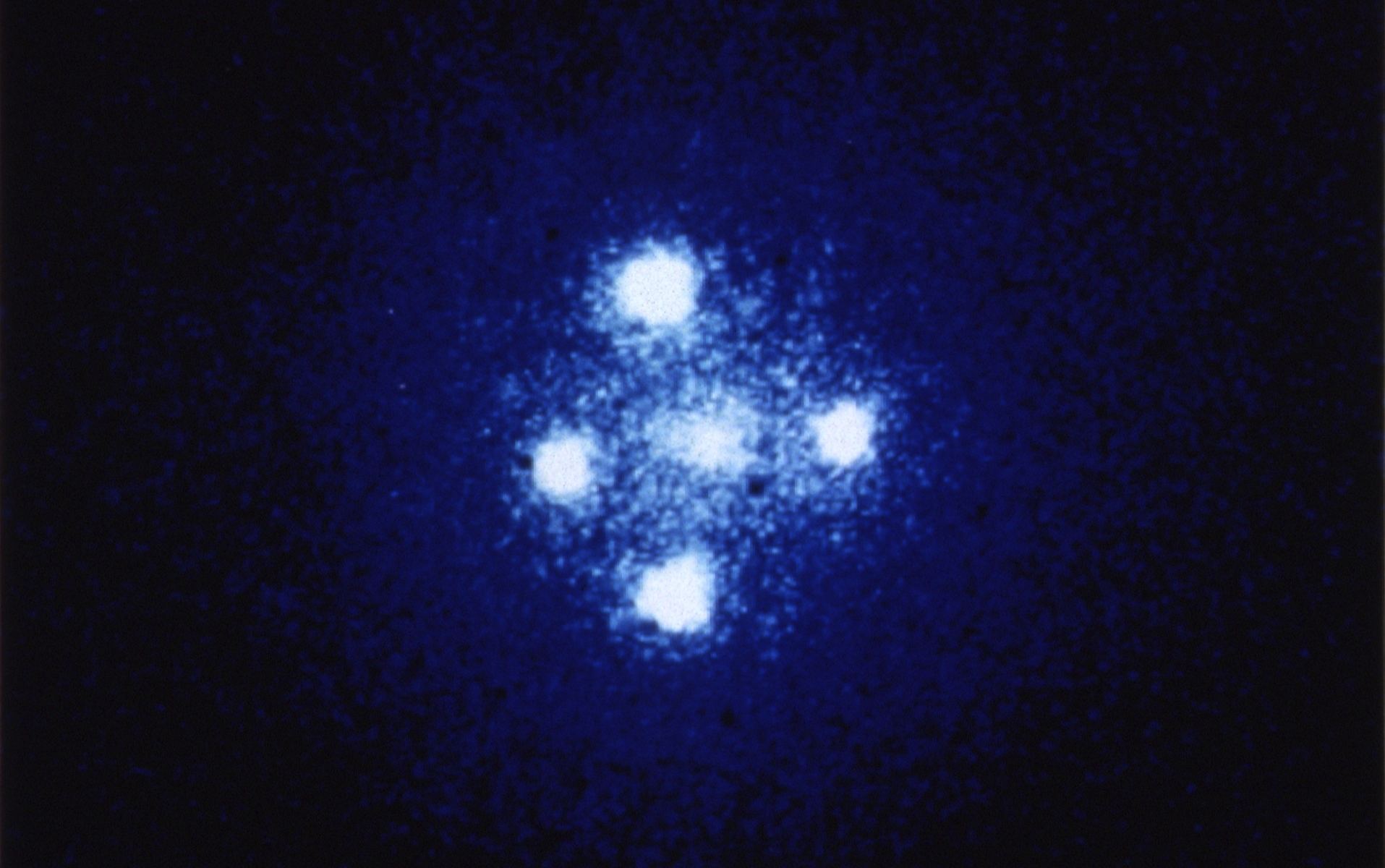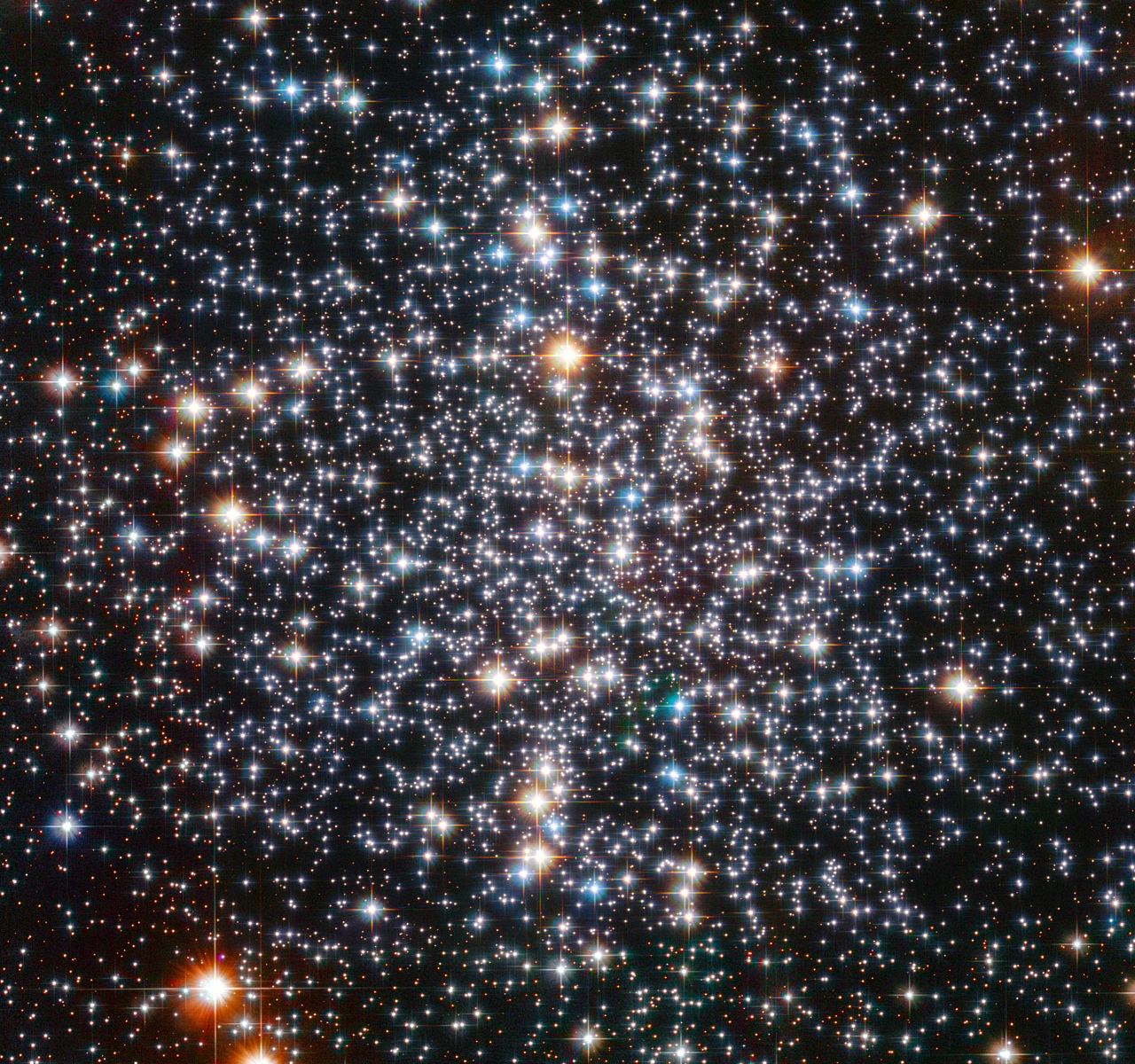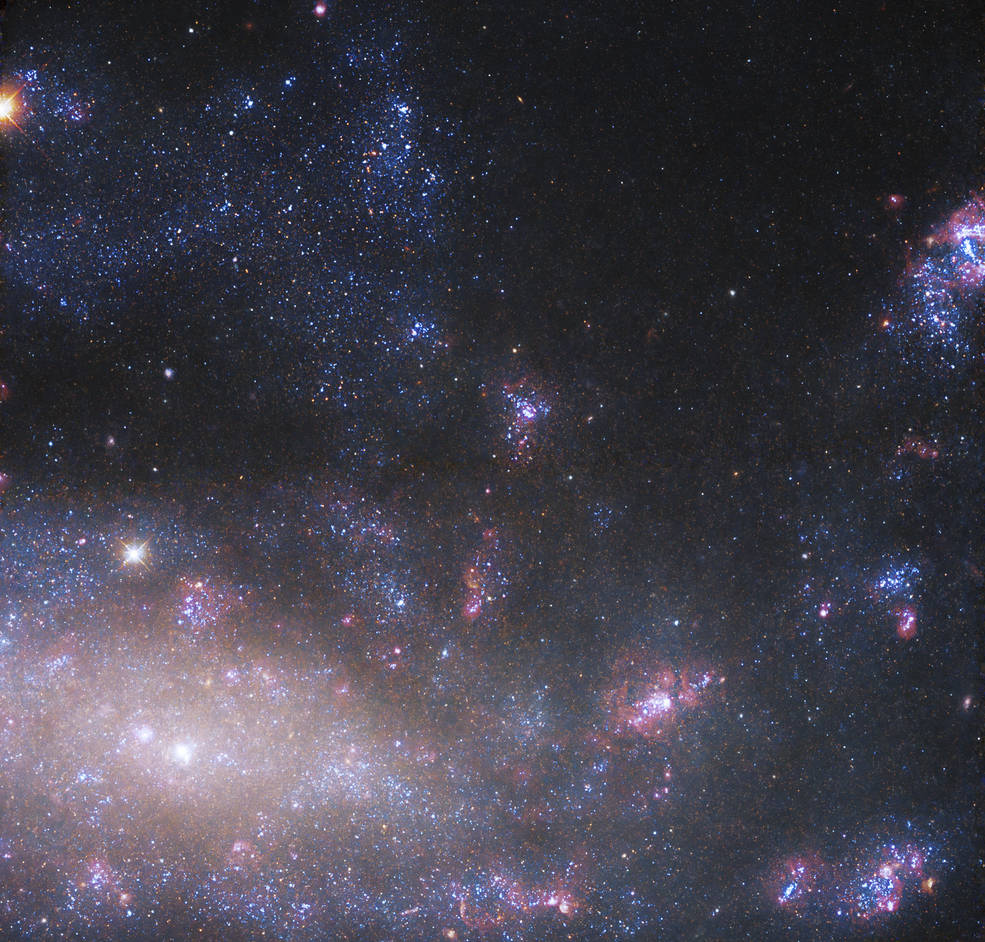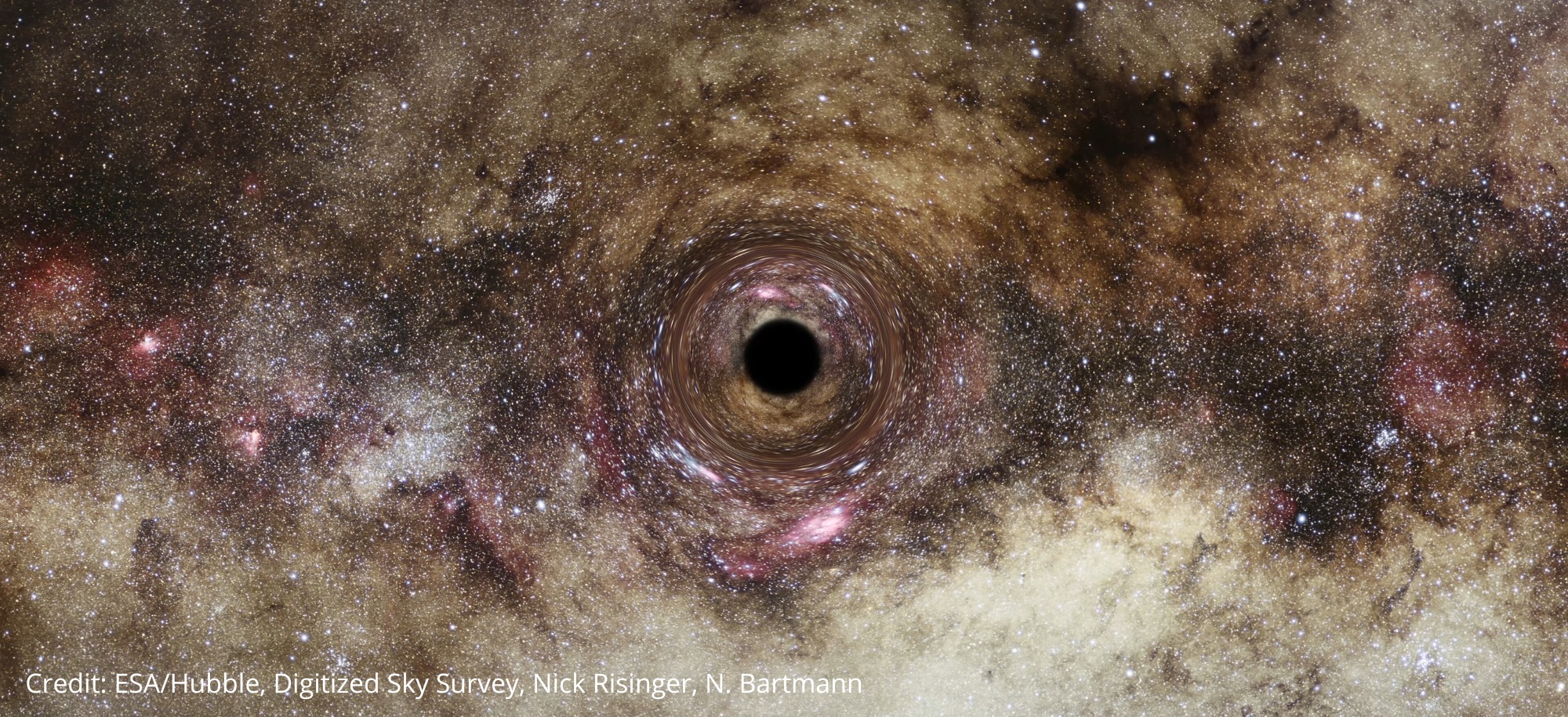Whenever Neptune reaches its closest point in the sky to Earth, its portrait is taken by the Hubble Space Telescope and other ground-based observatories. Watching the planet from 1994 to 2020, astronomers have made puzzling discovery.
The clouds in Neptune’s atmosphere appear to be to be linked to the solar cycle and not the planet’s cycle of seasons. The global cloud cover seems to come and go in a cycle that apparently syncs up with the Sun’s 11-year cycle, as it shifts from solar maximum to solar minimum or vice versa. This is surprising since Neptune is so far from the Sun and receives about 0.1% of Earth’s sunlight.
Continue reading “Neptune's Cloud Cover is Linked to the Solar Cycle”
